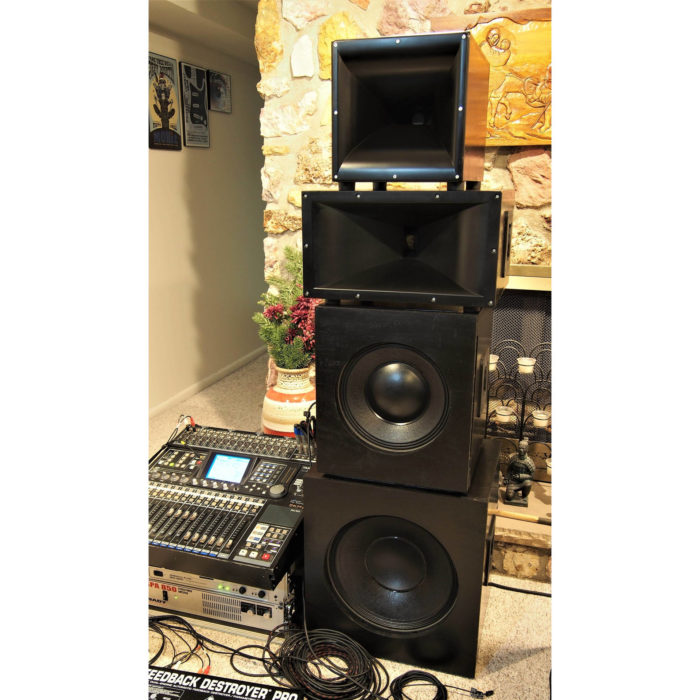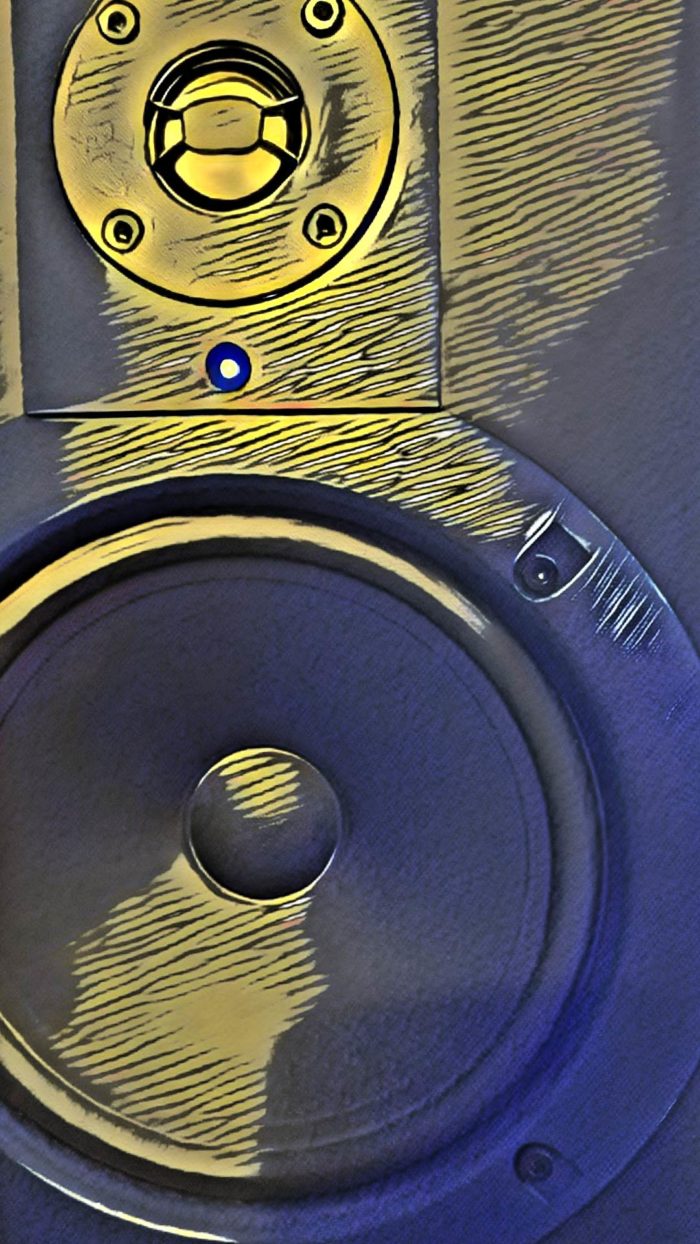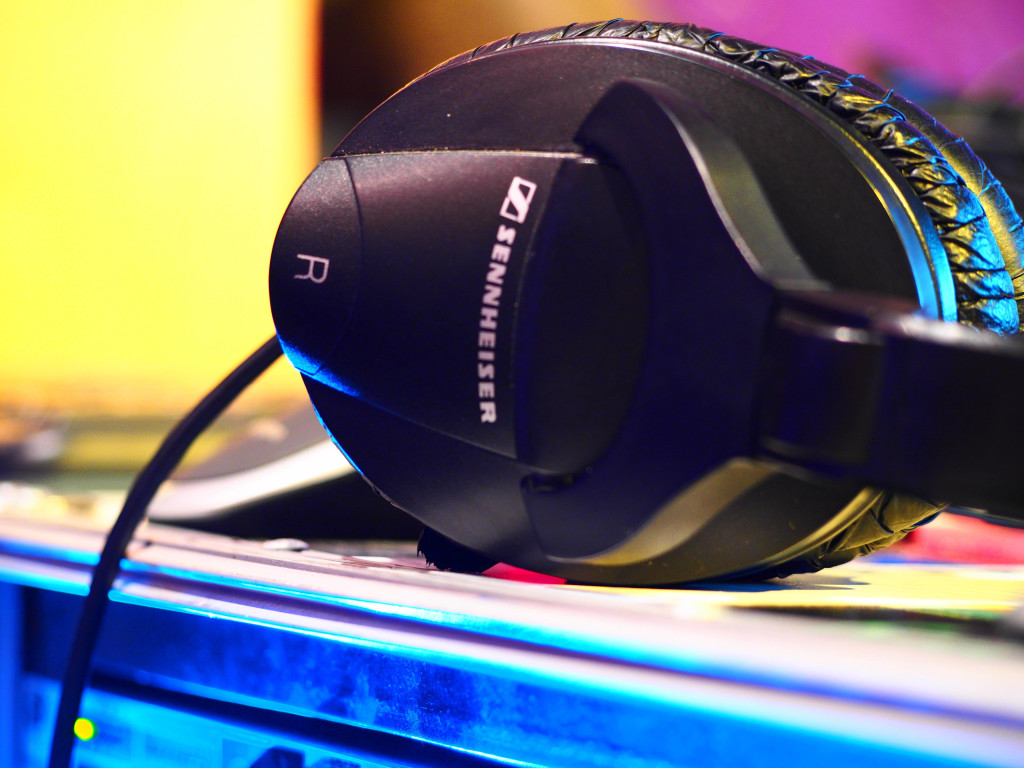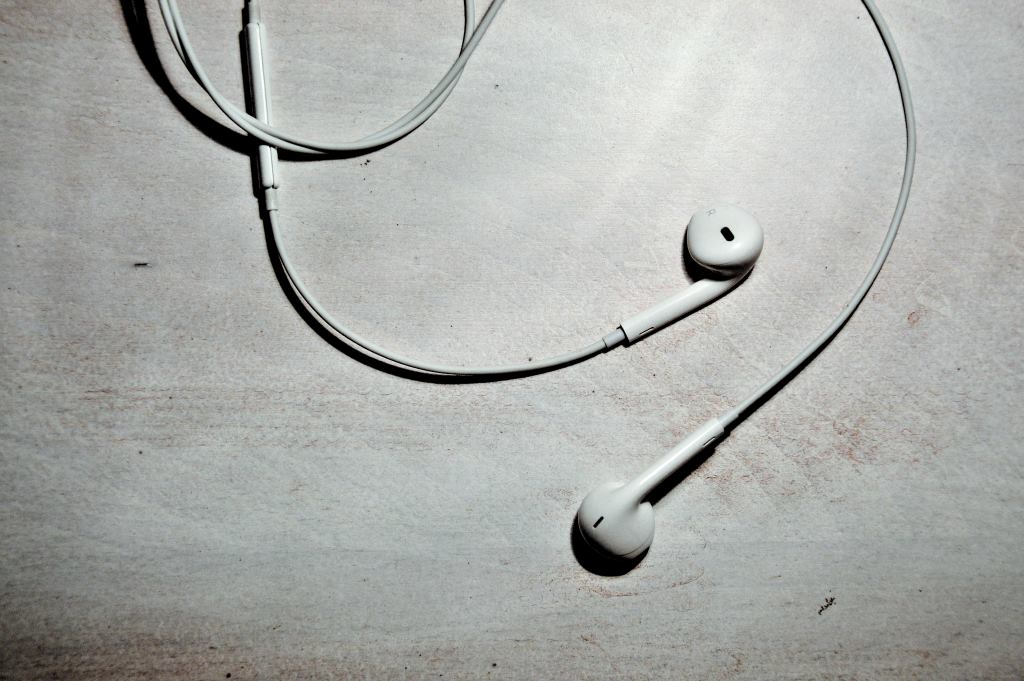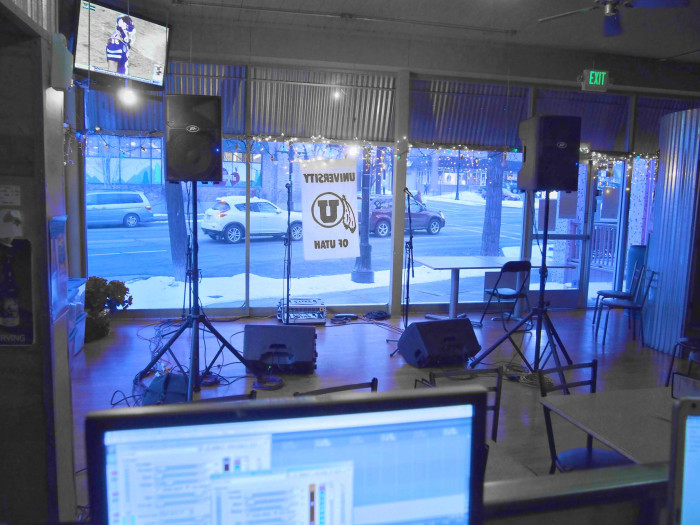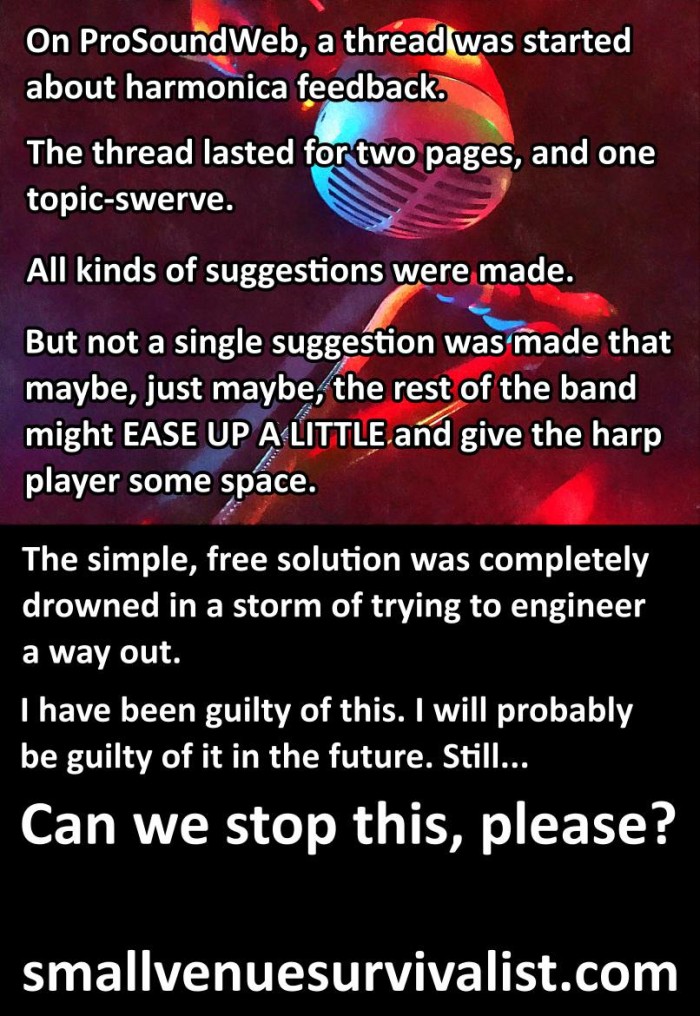On the 30th of December, 2015, my (previously) regular gig hosted its final show. The building is going away, and we had to be out. We had already done the final mainstage show in the downstairs venue, but we had to have one more blowout to celebrate as many of our musician friends as we possibly could.
The show was six and a half hours in length.
The show was also upstairs.
As the night went on, and also afterwards, I was relieved to hear that people were pleased with the way things sounded. I was relieved because, for most of the night, I was standing at the console with my metaphorical head in my hands, saying, “This is not working. This is NOT working. It’s all a garbled firestorm of reflections. This is not working.”
See, I was very much used to mixing in the mainstage room. That venue had a pretty fair amount of acoustical treatment to the stage area, yielding a “live-end, dead-end” sort of design that worked pretty nicely. With a mainstage show you still had plenty of monitor wash, but a LOT of on-deck audio really was soaked up before it started banging around the room like a rabid ping-pong ball. This was also helpful for the FOH PA, because a lot of its spill was also absorbed. Combine that with the live part of the room having a pretty-darn-okay “short, rock-n-roll reverb,” and it really wasn’t too hard to wrangle audio in the basement.
But the upstairs, oh my goodness…
The picture up there tells quite a bit of the story. No acoustical treatment. A flat, glass, upstage wall. All hard surfaces everywhere. Oh boy.
There are two things I want you to get from this.
Thing 1: The Acoustical Environment Has A Tremendous Impact On Your Show
Decent gear that’s right for the application really does matter, but in the end, the room acoustics make a lot of highly consequential decisions that are – shall we say – “tough to appeal.” The flattest, most sonically neutral PA and monitors in the world are still subject to whatever environment they’re fired into. A beautiful-sounding PA that’s being used in an acoustically hostile room is ALWAYS going to be a beautiful-sounding PA being used in an acoustically hostile room.
Room acoustics are so important, and have such a huge influence that there are pieces of music which were written specifically for certain BUILDINGS. As in, “we can play this organ piece on almost any decent pipe-organ, but it won’t actually sound right unless the organ is in this one church.”
Soviet reverb adjusts YOU, comrade.
Anyway.
When you drop a performance into a different room, the performance is going to sound different. Maybe wildly so. There are all kinds of things that can happen to you, but in general, be aware that more reflectivity tends to play greater havoc with music that’s fast, and/ or built on a “dense” arrangement. In order for that kind of music to work nicely, you have to be able to discern where different sounds begin and end. Reverberation works against that; It lengthens the decay-time of sonic events, causing those events to “smear” across themselves and each other. Don’t be surprised if you have to pull back on “supporting” sounds in order to provide adequate separation for critical, detail-driven audio (like vocals). With the room-sound filling in lots of small spaces that would otherwise provide some contrast, you may have to exaggerate some proportions in order to keep things intelligible.
And notice that I said, “pull back.” In a tough space, the answer is not to start at the usual volume and push the lead parts even higher. You may very well run out of PA, or monitors, or audience tolerance, or all of those before you arrive at a workable destination. Start quietly so you’ll have room to get things separated. “Headroom” is not just a term for electronics, you know.
Thing 2: No, You Can’t Fix Acoustics With EQ
Please realize that you CAN alleviate certain acoustical problems with EQ. Also, please realize that, in many situations, EQ will be the only tool you can meaningfully use to help deal with some room issues.
I’m not saying that EQ has no place, and not to use it.
What I AM saying is that EQ can’t actually fix acoustics.
I used my “flagship” console for the upstairs gig. My flagship console has more powerful and flexible EQ than any other mix-rig I’ve ever used. Believe me, I was making use of that power and flexibility for the show. The show would have been much worse if I hadn’t used the tools at my disposal…
…but the problems weren’t truly fixed. They were just made more tolerable.
Acoustical problems are “time” issues. A sonic event becomes a longer event, whether by audible, discrete repetition, smooth reverberation, or something in between. Equalization is a tool for changing magnitude. Yes, equalizers precipitate those magnitude changes by way of manipulating the time domain, but they are not a tool which is useful for managing time.
The best you can do with an equalizer is to get a troublesome reverberation buildup to drop into the “noise floor” faster. This is not because you’ve managed to fix the acoustical problem, but rather because your input to that acoustical problem has been reduced. The reverb time at, say, 500 Hz has not changed in any way. What you may have succeeded in doing is to make the events at 500 Hz a few dB quieter, such that their decaying intensity becomes less audible against everything else more quickly.
In some rooms that can be enough, and it can be done without making the rig sound truly strange. At some point, though, the problems are so bad that getting the reflections to disappear into the noise floor via EQ creates bizarre results. A PA with a giant chasm torn into the midrange may not cause a huge buildup of reverb in that bandwidth, but it will also be painfully obvious that the PA has had all that midrange tossed into the abyss. (Reverberation is not the creation of sonic events at a certain frequency, but rather the lengthening of them. Kill all the bottom end in a PA to deal with a boomy room, and the sound will be very thin. Room acoustics don’t fill in what isn’t there. They combine with what is.)
To truly fix a problematic room, you either have to alter the room’s acoustical characteristics or find a way to avoid interacting with them. All that is beyond the scope of this article, so just walk away with this in mind: Venue acoustics matter a lot, being louder doesn’t help, and electronic processing may or may not be enough for you to reach the sonic destination you want.

 Want to use this image for something else? Great! Click it for the link to a high-res or resolution-independent version.
Want to use this image for something else? Great! Click it for the link to a high-res or resolution-independent version.
